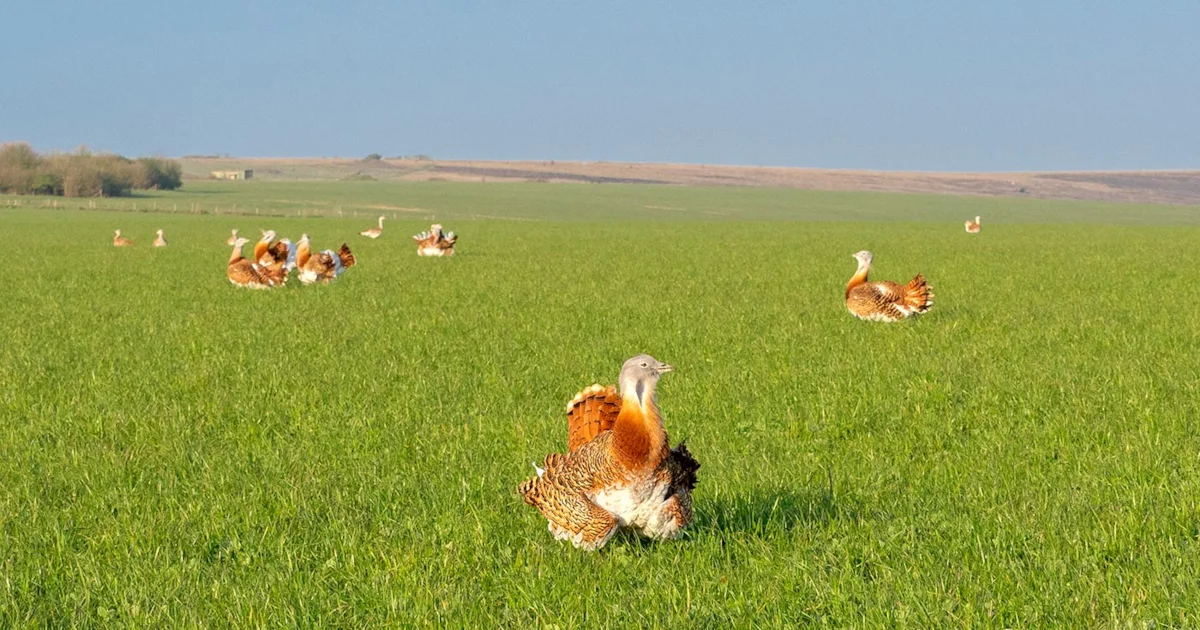Farnboro John
Well-known member
Exactly, a first step. Not by any means there yet, so not by any means approaching Cat C.Not true. White storks at Knepp have bred and raised chicks, which is a first step towards a self-sustaining population. You may disagree and complain that so and so, but that is exactly how the WTE population on Rhum started off.
As for the great bustards, The UK Great Bustard Population - Great Bustard Group. Self-sustaining.
As for the Great Bustards, those are not categorised Cat C by BOURC because what the Great Bustard Group says is not in fact the case, the birds are nowhere near achieving self-sustainment. They try to conflate nests and population (and suggest that in the very restricted area in which the bustards exist, they have missed additional nests of a turkey-sized open-ground nester). How many nests succeed each year, and is there general success or just a couple of able pairs camouflaging general failure?
By their own figures they have not yet seen an increase of one third in the population (from 75 to "a figure close to 100") how close? If it was one or two birds off one would expect them to say so: the fact that they don't makes one suspect that "close" actually means "not that close".
It may be one to watch. I suspect it will die out before long as large numbers of the introduced birds reach old age and fall to that or local predators without achieving sufficient recruitment to the population through breeding.
John








